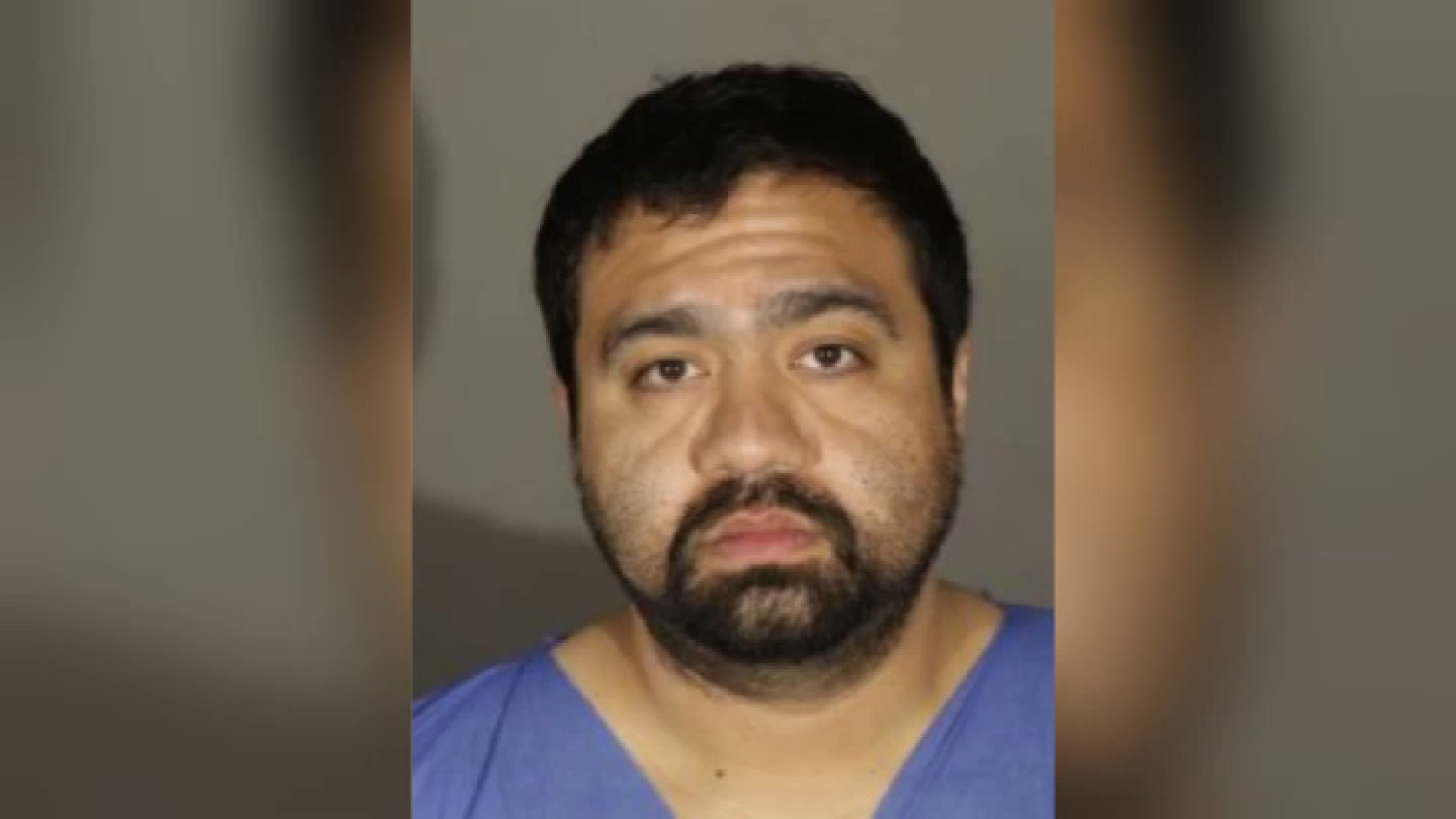The Los Angeles County Transportation Authority board voted unanimously to continue the toll lane program on the Harbor (110) Freeway, citing increased revenue and higher mass transit ridership. But not all are pleased with decision. Conan Nolan reports from downtown LA for the NBC4 News at 6 p.m. on Thursday, April 24, 2014.
Metro’s Board of Directors voted unanimously Thursday to keep the Express Lanes on the 110 and 10 Freeways as a permanent fixture in Los Angeles.
Officials said the one-year pilot program was a model for the future to help relieve traffic. Other toll routes would be considered for the 405 Freeway.
A report released earlier this week by the Federal Highway Administration showed that Express Lane users on the Santa Monica (10) Freeway shaved about two minutes off their morning and evening commutes, while regular lane travel times increased by four minutes.
On the Harbor (110) Freeway, Express Lane times actually increased by about two minutes during the morning peak hours and remained close to pre-Express Lane commuter times in the evening.
Officials with the Los Angeles County Metropolitan Transportation Authority considered the findings a success.
"Striving to keep those lanes flowing 45 mph, we accomplished that 90 percent of the time," said Rick Jager, a department spokesman.
Some commuters didn’t think the lanes were worth the fuss.
"It does seem like it’s really expensive, it’s only taking a couple minutes off my time," Monique Morgan said. "I don’t think it’s really worth it."
Riders pay anywhere between 25 cents and $1.40 per mile in tolls when using the Express Lanes.
The Express Lane program was initiated in 2008 when the United States Department of Transportation awarded Metro and Caltrans about $210 million in federal grants to convert existing carpool lanes into Express Lanes along stretches of the 10 and 110 freeways in Los Angeles.
Local
Get Los Angeles's latest local news on crime, entertainment, weather, schools, cost of living and more. Here's your go-to source for today's LA news.
The first lane opened in November 2012 on the 110 Freeway stretching from the 91 Freeway to Adams Boulevard.
The second lane opened in February 2013 on the 10 Freeway stretching from the 605 Freeway to Alameda Street in downtown Los Angeles.
Jager stressed that the lanes purposes weren’t only to help traffic woes but to generate revenue and increase transit ridership. Since the beginning of the program, transit ridership increased 15 percent, he said.
The program proved to be self sustainable, Jager said.
The revenue generated by the tolls have paid for the operation and maintenance of the program since they opened.
"There was $18 million left over from the program and that money will go back into the corridors where money was generated to improve transit services," Jager said.
The motion to keep the Express Lanes as a permenant fixture must be approved by the California State Legislature and signed by the governor before it becomes official.



